Just before Christmas, the CSIRO presented the government with an analysis in support of their beliefs that wind and solar are the cheapest electricity supply sources. The Australian Energy Market Operator (AEMO) also issued its latest Integrated Systems Plan (ISP), carrying a similar but more nuanced message.
Overlooking evidence that the higher the share of renewables the higher the electricity price, CSIRO’s analysis (GenCost 2023-24) also rejected concerns that the intermittent nature of renewables would translate to impossibly high costs.
Implicitly, the report endorsed the COP28 climate forum’s communique that urges governments to further inch their economies away from coal, gas, and...
Already a subscriber? Log in
Subscribe for just $2 a week
Try a month of The Spectator Australia absolutely free and without commitment. Not only that but – if you choose to continue – you’ll pay just $2 a week for your first year.
- Unlimited access to spectator.com.au and app
- The weekly edition on the Spectator Australia app
- Spectator podcasts and newsletters
- Full access to spectator.co.uk

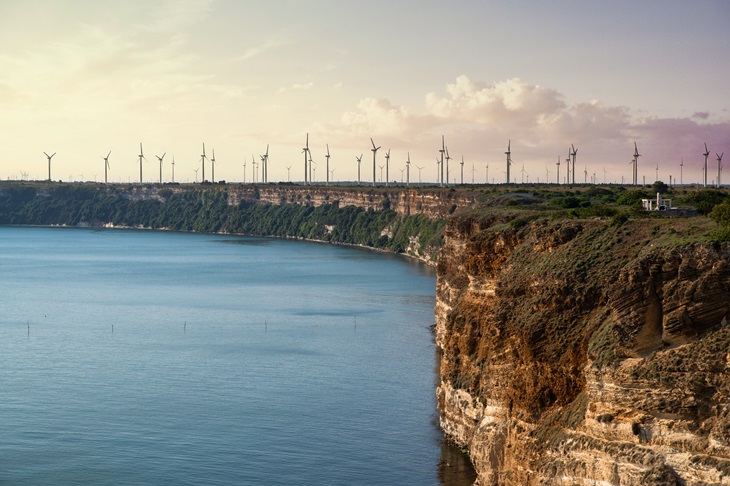
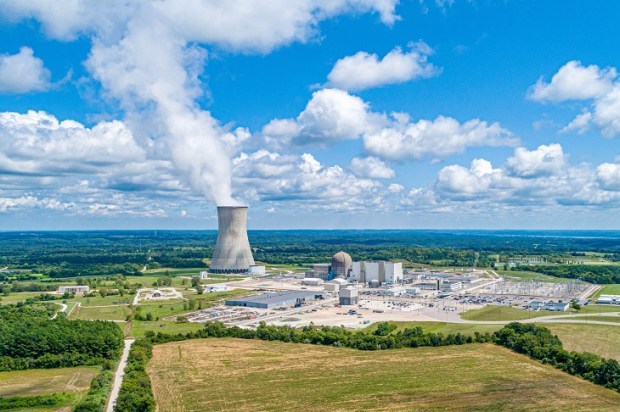
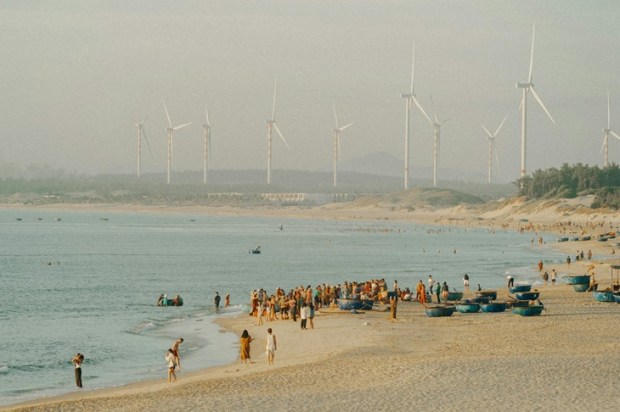
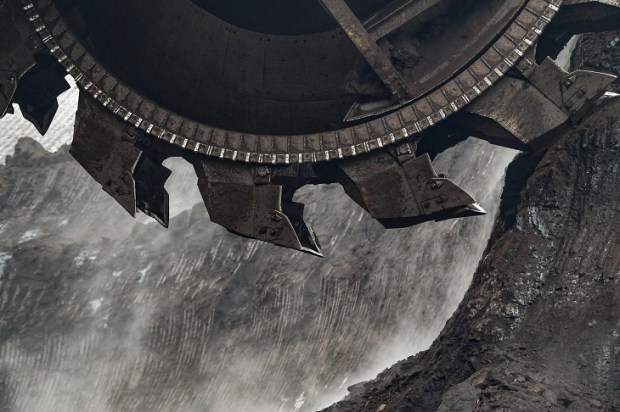

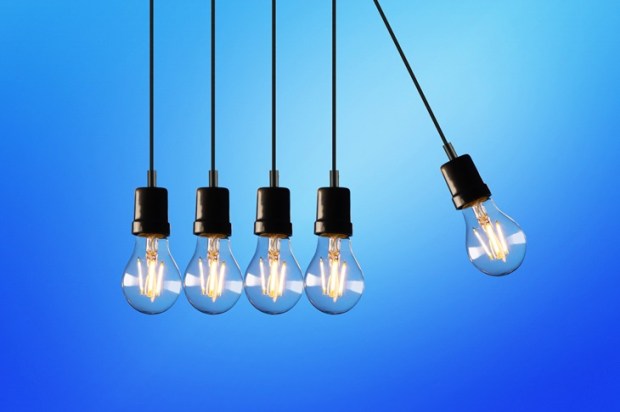
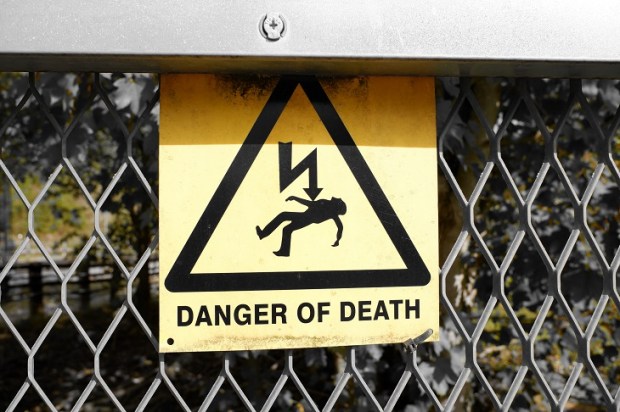


















Comments
Don't miss out
Join the conversation with other Spectator Australia readers. Subscribe to leave a comment.
SUBSCRIBEAlready a subscriber? Log in